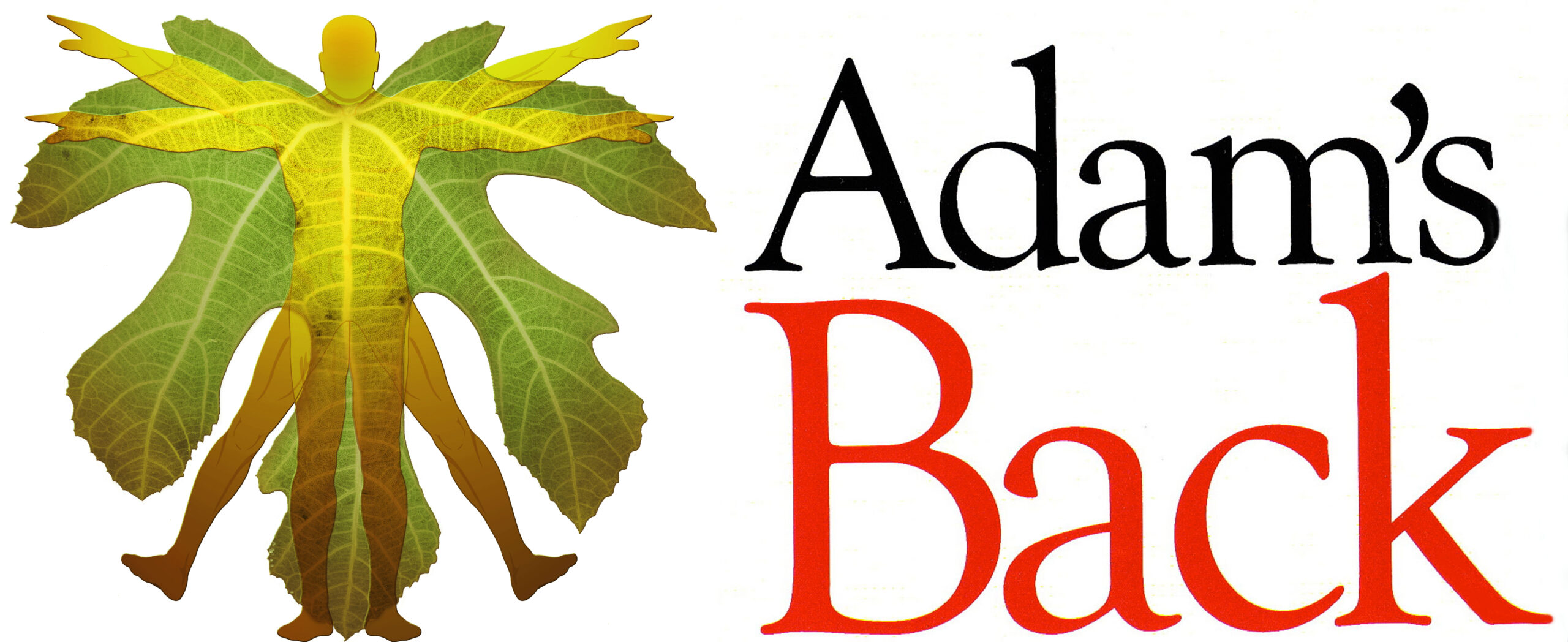
Play Smart This Winter and Prevent Sports Injuries
Winter sports like AFL, rugby, and netball are popular across Australia during the cooler months. These sports demand agility, strength, and endurance, but they also carry a higher risk of injury. The physical demands can take a toll on your body, but with the right precautions, you can stay in the game.
SHIELD YOUR BODY: PROVEN INJURY PREVENTION PROGRAMS
Proper preparation can help reduce the risk of injury in sports. Various structured injury prevention programs are available, and we have highlighted a few below.
FOR NETBALL PLAYERS
Knee and ankle injuries are common. The KNEE Program for netballers includes exercises designed to lower injury risk. For details visit knee.netball.com.au
FOR RUGBY ATHLETES
Concussions, head and facial injuries, and knee injuries are frequent. The Activate Program is designed to help with player welfare and safety. For details visit australia.rugby/participate/coach/coaching-resources/world-rugby-activate
FOR AFL ENTHUSIASTS
Lower limb injuries such as hamstring strains are common. The Footy First exercise training program has been developed to reduce the risk of these injuries in football.
Women’s AFL players have a higher incidence of knee, lower limb, and head injuries than men’s AFL players. The Prep-to-Play program offers valuable guidance and exercises to enhance safety. Find resources at play.afl/coach/resources/prep-play
MASTER YOUR MOVEMENTS: THE POWER OF PROPER TECHNIQUE
Using poor technique can increase your chance of injury. Whether it’s a poorly executed tackle in rugby, an awkward landing in netball, or overextending during a kick in AFL, refining your technique can help reduce strain on your body. Coaches and trainers are great resources for improving your form.
DON’T IGNORE THE WARNING SIGNS: WHY EARLY INTERVENTION MATTERS
It’s common for athletes to push through pain, but even minor injuries can escalate if left untreated. A previous injury increases the risk of further damage. Seeking early care helps ensure a smoother recovery and can prevent long-term complications.
PERFORMANCE THROUGH RECOVERY: OUTSMART FATIGUE
Fatigue slows reaction times, reduces coordination, and affects muscle control, making you more prone to mistakes and injuries. Prioritising recovery can help maintain performance:
- Rest & Recharge: Get adequate rest between training sessions.
- Fuel Your Fight: Eat a balanced diet and stay hydrated.
- Body Wisdom: Listen to your body – don’t ignore signs of strain or exhaustion.
THE CHIROPRACTIC ADVANTAGE FOR ATHLETES
Winter sports can be demanding, but with the right preparation and care, you can reduce the risk of injury and continue to enjoy the game. If you experience discomfort or stiffness, a chiropractor can assess your condition and provide strategies to support mobility and recovery.
HOW CHIROPRACTIC CARE HELPS WINTER ATHLETES:
- Improves joint mobility and function
- Enhances recovery between games and training
- Addresses muscle imbalances that can lead to injury
- Provides sport-specific techniques to optimise performance
- Creates personalised prevention plans based on your body’s needs
ARE YOU AT RISK? SPORTS INJURY SELF-ASSESSMENT
Rate your risk factors from 1 (rarely) to 5 (always):
TRAINING HABITS
_____ I often train through pain or discomfort
_____ I rarely warm up properly before playing
_____ I’ve increased my training intensity suddenly
_____ I skip cool-down stretches after matches
_____ I play multiple games with minimal recovery time
PHYSICAL CONDITION
_____ I have previous injuries that still occasionally bother me
_____ My flexibility is limited in key areas (hamstrings, shoulders, etc.)
_____ I notice muscle imbalances (one side stronger than the other)
_____ I often feel fatigued during games
_____ My core strength could use improvement
EQUIPMENT & ENVIRONMENT
_____ My footwear doesn’t provide proper support for my sport
_____ I play regardless of poor field/court conditions
_____ I don’t use protective equipment consistently
_____ I play in extreme weather without adjusting my approach
_____ My equipment is worn out or poorly fitted
SCORING YOUR RISK:
15-25: LOW RISK – You’re doing well! Continue your preventative approaches. 26-50: MODERATE RISK – Several areas need attention. Consider a professional assessment. 51-75: HIGH RISK – You’re at significant risk for injury. Schedule a consultation today.
Bring this completed assessment to Adam’s Back for a personalized injury prevention plan.
YOUR SEASON, YOUR SUCCESS: TAKE ACTION NOW
Don’t wait for an injury to sideline you this season. Book a pre-season assessment at Adam’s Back to identify potential issues before they become game-changing problems.
Call us at 03-5986 5700 or visit our clinic at 881 Point Nepean Road in Rosebud. www.adamsback.com.au
Education purposes only. Please consult your chiropractor for personal recommendations

Comments are closed